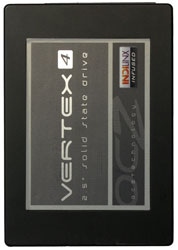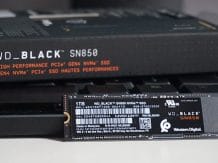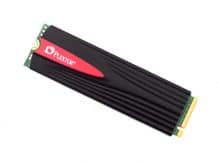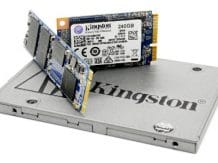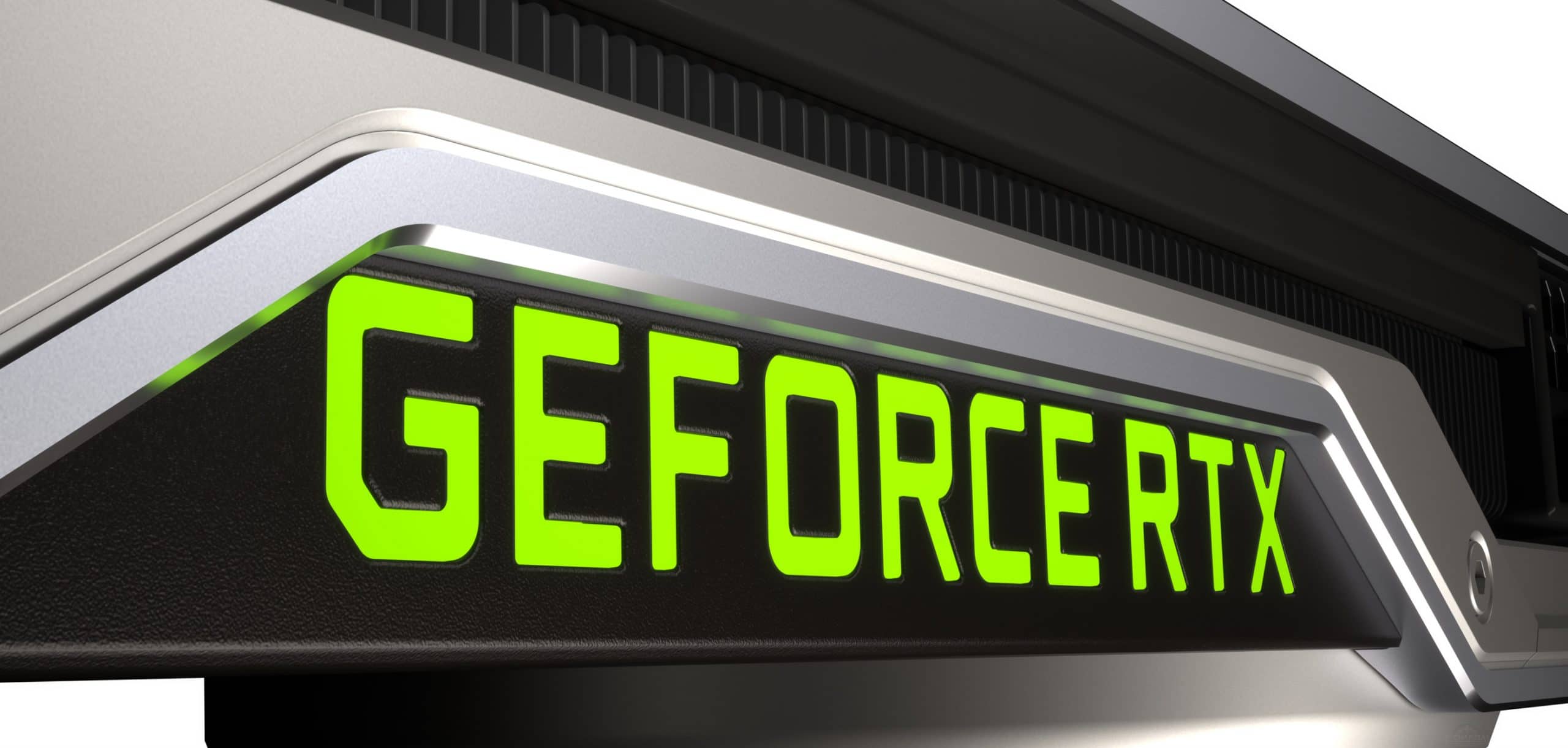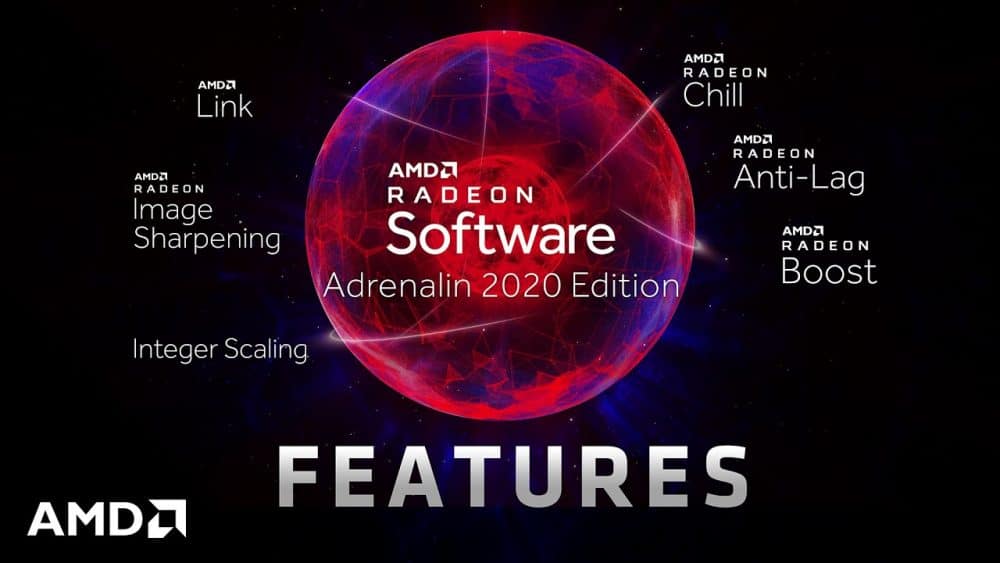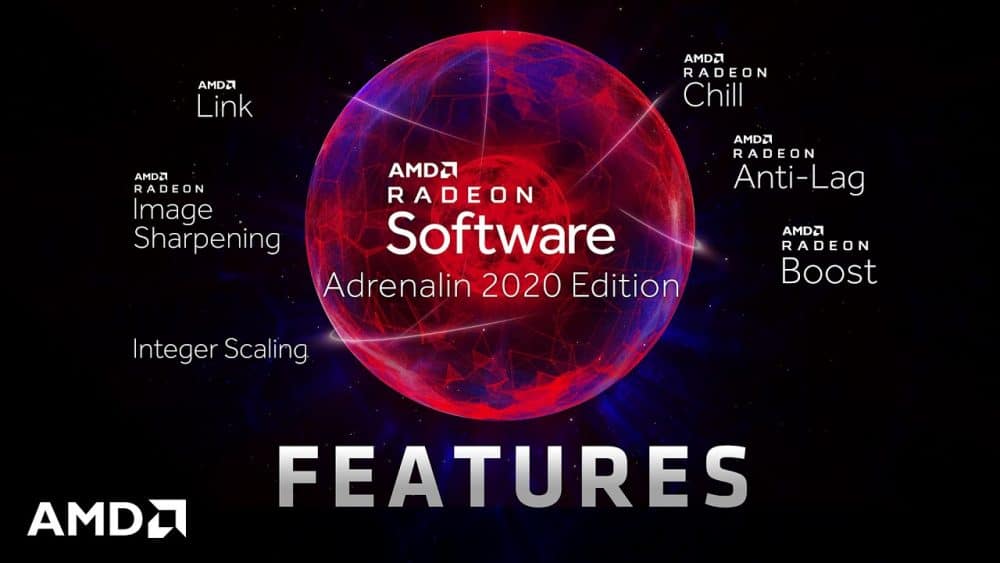OCZ Vertex 4 SSD
– Today will will take a look at the Specs, Hashrate, CPU performance and also a testing of this SSD Drive. We will go into more details as it regards to the testing in the article below.
This OCZ Vertex 4 SSD article is an update and addition to previously released material. There are several reasons for this. The most important is the panic in the network due to the discovered catastrophic drop in the performance of the filled drives. It is necessary to figure out whether this is so, and if so, why and how to deal with it. In addition, the forecast that production samples differ from engineering samples in “halved” cache was confirmed – it is necessary to check whether this greatly affected the performance. And firmware 1.5 was also released, and we managed to get a “popular” model with a volume of 128 GB, so there was plenty of work to do.
Test participants
OCZ Vertex 4, 256 GB


Last time I gave enough general information, it is worth focusing on the differences. Visually, the retail model is distinguished from the pre-production model only by a large sticker on the back. Before that, she was minimalistic. The back cover is the same milled metal, but this time the lighting is different.

The drives have got new ones, no one has yet managed to drive them with a test for endurance. Firmware 1.5 is already preinstalled, according to the manufacturer, downgrading to 1.4 could damage the disk, so I was not allowed to change it. For version 1.5, only bug fixes were declared. In the end, it is not evolution that is important, but the final behavior of the product, but it’s a pity that it was not possible to directly compare the engineering and serial SSD with different caches, all other things being equal.
OCZ Vertex 4, 128 GB
announcements and advertisements
-14000р на RTX 3060 ASUS Dual
RTX 3060 MSI Gaming – a drain for a penny
RTX 3070 cheapest and all at Compeo.ru
-15000р на RTX 3060 MSI Ventus
Prices for video cards went down steeply
-14000р на RTX 3060 Gigabyte Eagle
Another top vidyaha with a mega discount
RTX 3060 – prices have gone down
First-hand Z590 motherboards at very good prices
RTX 3060 12Gb in XPERT.RU – be in time 🙂
Galaxy S20 family price crash 25% discount
RTX 3070 at XPERT.RU at the lowest prices
Lots of RTX 3090 in XPERT.RU



Everything said about the previous 256 GB model is also relevant for this one.

SMART is still poor. The developer should have added at least a status indicator for the most worn-out cells.
Internal structure
Authorization was obtained to autopsy the patients.

The first thing that catches your eye is the “thermal gum” between the controller and the metal cover. Thus, the back of the drive acts as a heatsink. There are reviews on the net with complaints from their authors about the strong heating of the disk. Note that only Everest 2 itself heats up, the memory chips remain cold. In my case, the temperature of the crystal lid for both drives was 38 degrees Celsius during idle time (the “finger thermometer” gave the value “warm”) and 49 degrees under load (starts to burn after 5 seconds).
With a radiator, these numbers should be significantly lower, so there is no danger of overheating on an open bench or in a PC case. Laptops are another matter. There are models where hard drives are heated up to 60-70 degrees, SSDs, for which energy consumption is declared under load of 2.5 W (which is comparable to a 2.5 ”HDD), will not be sweet. And the battery life will not be the best either.
Let’s continue. The circuit board for the 256GB version looks like this:

A controller labeled IDX400M00-BC, a H5TQ2G63BFR-H9C dual-gigabit cache chip from Hynix and eight M2502128T048SX22 flash memory chips of 128 Gbit each with the OCZ logo are clearly visible. The Internet suggested that they contain crystals produced by Micron. The service port looks interesting, similar to SATA, but different in size and number of contacts.

On the reverse side there are eight more flash chips and a second DDR-3 chip. As a result, the cache is really 512 MB, and 1 GB is now available only in the top 512 GB model.
Now let’s see what the younger brother has under the hood.

Looks like a model from another line. Another PCB, Intel’s flash memory 29F64G08ACME3, Micron’s DDR-3 chip with the number 2DD22-D9PBW. It was not possible to find its detailed description, but, most likely, its volume is the same 2 Gbit.

The microcircuits on the back side supplement the total capacity to the declared value. By the way, the entire amount of flash memory is available to the user, there is no room for over-provisioning.
Test stand and testing methodology
Test stand:
- Processor: Intel Core i7-2600K, 4.8 GHz (100 x 48);
- Cooling system: GELID Tranquillo Rev.2;
- Motherboard: ASRock Z68 Extreme7 Gen3 (BIOS 1.30);
- RAM: G.SKILL Ripjaws Z, F3-17000CL9Q-16GBZH (1866 MHz, 8-10-9-26 1N) 2×4 GB;
- Hard drive: WD Caviar Blue, WD3200AAKX-001CA0, 320 GB;
- Video card: ASUS GTX 580 DirectCU II, 1.5 GB GDDR5;
- Power supply: Hipro HP-D6301AW, 630 W.
System software:
- Operating system: Windows 7 x64 SP1 Ultimate RUS;
- Operating system updates: all as of 03/08/2012, including Direct X;
- Driver for video card: NVIDIA GeForce 295.73;
- Driver for SATA controller: Intel RST 11.1, controller operates in RAID mode.
Testing technique
Global settings:
- There is no antivirus installed in the OS that can affect the measurement results, Windows Defender is disabled;
- For the same reason, the File Indexing Service, Update Service, and Scheduled Defragmentation are disabled;
- Disabled Windows UAC, which made it impossible for some test programs to work;
- Disabled System Restore and hibernation – saving disk space;
- Disabled Superfetch;
- Swap file – 1 GB;
- Power Profile – High Performance. Never disconnect drives;
- At the time of taking measurements, background monitoring programs such as Crystal Disk info, HWMonitor, perfmon counters and others are not used;
- The disk write cache is enabled, unless otherwise indicated (in the device manager, in the disk properties on the policy tab, the checkbox “Allow write caching for this device” is checked). “Enhanced Performance” is not activated. TRIM is enabled (DisableDeleteNotify = 0). Usually the default drive is configured like this, but you still need to make sure;
- All drives were connected to the SATA-III port.
The set of test applications is as follows:
- HD Tune Pro 4.60 This benchmark is poorly suited for testing SSDs, but it is precisely on its example that the limit of performance change when filling the volume is best seen.
- Crystal Disk Mark 3.0 x64. A popular test that measures the speed of a disk in eight modes: read and write with sequential access, in random mode in large blocks of 512 KB, small blocks of 4 KB, and the same 4-KB requests with a disk queue of 32 requests ( checking the efficiency of the NCQ and load parallelization mechanisms). The default settings were used, namely, a five-fold run of incompressible data on a 1000 MB section.
- PCMark 7 x64. Latest version of Futuremark test suite.
- Intel NAS Performance Toolkit 1.7.1. NASPT is a very powerful test, comparable in functionality to IOMeter and designed primarily for testing network drives. It is quite suitable for testing local disks.
- FC-test 1.0 build 11. The program worked on two NTFS partitions, representing all the space available for formatting, divided in half. Before the start of each measurement, the computer was rebooted, the whole process is fully automated.As test suites, we used the Install templates (414 files, totaling 575 MB), ISO (3 files, totaling 1600 MB), and Programs (8504 files, totaling 1380 MB). For each set, we measured the speed of writing the entire set of files to the disk (Create test), the speed of reading these files from the disk (Read), the speed of copying files inside one logical disk (Copy near), and the speed of copying to the second logical disk (Copy far). Windows’ aggressive write caching skews the results in the Create test, and the two methods for copying to SSD are no different, so I’ll limit myself to publishing the remaining two results for each template.
- WinRAR 4.11 x64. In this and all subsequent tests, the drives were system drives: the reference Windows image, including all the necessary programs and distributions, was uploaded using Acronis True Image 12. The test file was an archived Windows 7 folder. 83,000 files with a total volume of 15 GB were compressed in the standard way to 5.6 GB. Measurements have shown that the disk compression speed is minimally affected, therefore, to save your time and yours, only unpacking into a neighboring folder was tested.
- Microsoft Office 2010 Pro Plus. The installation time was measured from the distribution, which is an ISO copy of the original DVD mounted in Daemon Tools.
- Photoshop CS5. Everyone’s favorite graphic editor was installed from an ISO image connected using Daemon Tools. Both versions (x32 and x64) with an English interface were installed and the installation time was measured. As a benchmark, we used a scheme from this specialized forum, namely, this script, which creates an image of 18661×18661 pixels and performs several actions with it. The total execution time was measured without pauses between operations. In an amicable way, such things require a huge amount of RAM, so the test drives, in fact, boils down to checking the speed of work with a scratch file and a Windows swap file. Photoshop was allowed to occupy 90% of the memory, the rest of the settings remained at default.
- Boot Windows 7. Three time intervals were measured: the interval from the moment the power button was pressed to the appearance of the Windows logo, the time until the appearance of the Windows desktop, and the time until the end of loading applications: Word 2010, Excel 2010, Acrobat Reader X, and Photoshop CS5 were located at startup, which opened the corresponding files. In addition, Daemon tools and Intel RST started in the background. The end of the download was considered the appearance of the photo in Photoshop, other applications were launched earlier.
- Launching programs. In the already loaded OS, a bat file was launched that simultaneously launches the aforementioned Word, Excel, Acrobat Reader and Photoshop with their documents, as well as WinRAR, which opens a test archive with Windows. The longest operation is reading files in the archive and counting their number.
- Crysis Warhead. A popular shooter in the past was used to test the speed of installation and loading (from the moment you left the desktop to the start of the 3D scene). Earlier it turned out that this game has one of the strongest disk dependences, so it works great as a benchmark for drives. The installation was carried out from the original DVD, unpacked to the system disk in the form of a set of folders. The launch was carried out through the Crysis Benchmark Tool 1.05 utility with the following settings:- Quality Settings: Very High;
– Display resolution: 1280 x 1024;
– Global settings: 64 bit, DirectX 10;
– AntiAliasing: no AA;
– Loops: 1;
– Map: ambush flythrough;
– Time of Day: 9.





